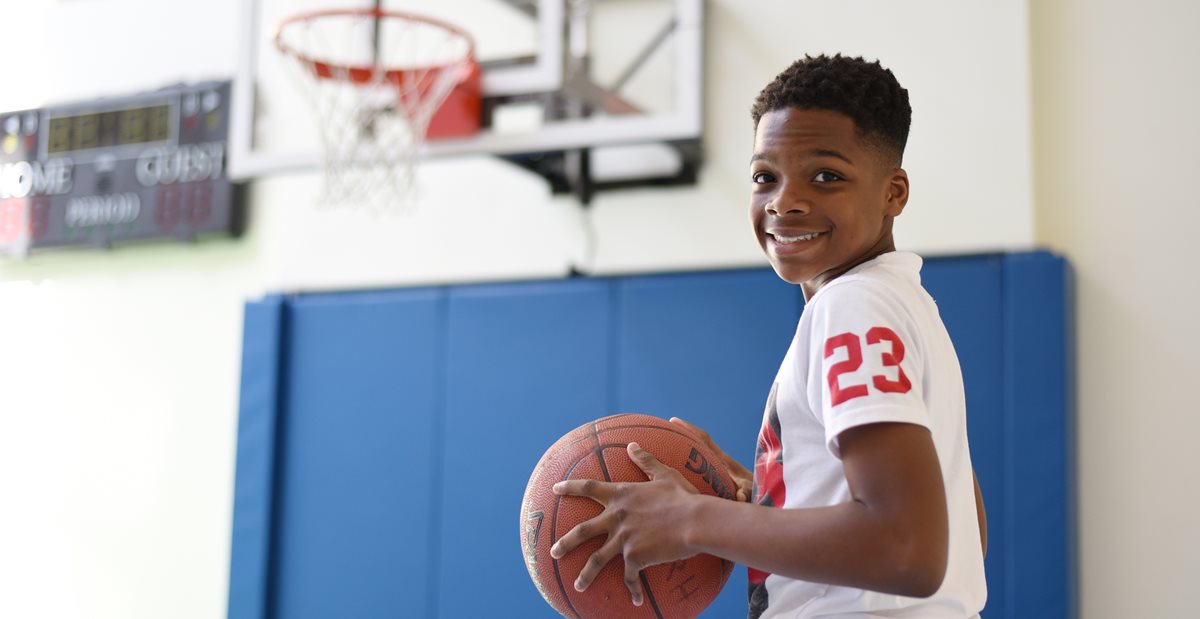Summer is the perfect time for outdoor activities and sports. Whether your child is passionate about baseball, football, soccer or track and field, being proactive about preventing heat-related illness can help him or her focus on athletics. Here are six ways to help...



